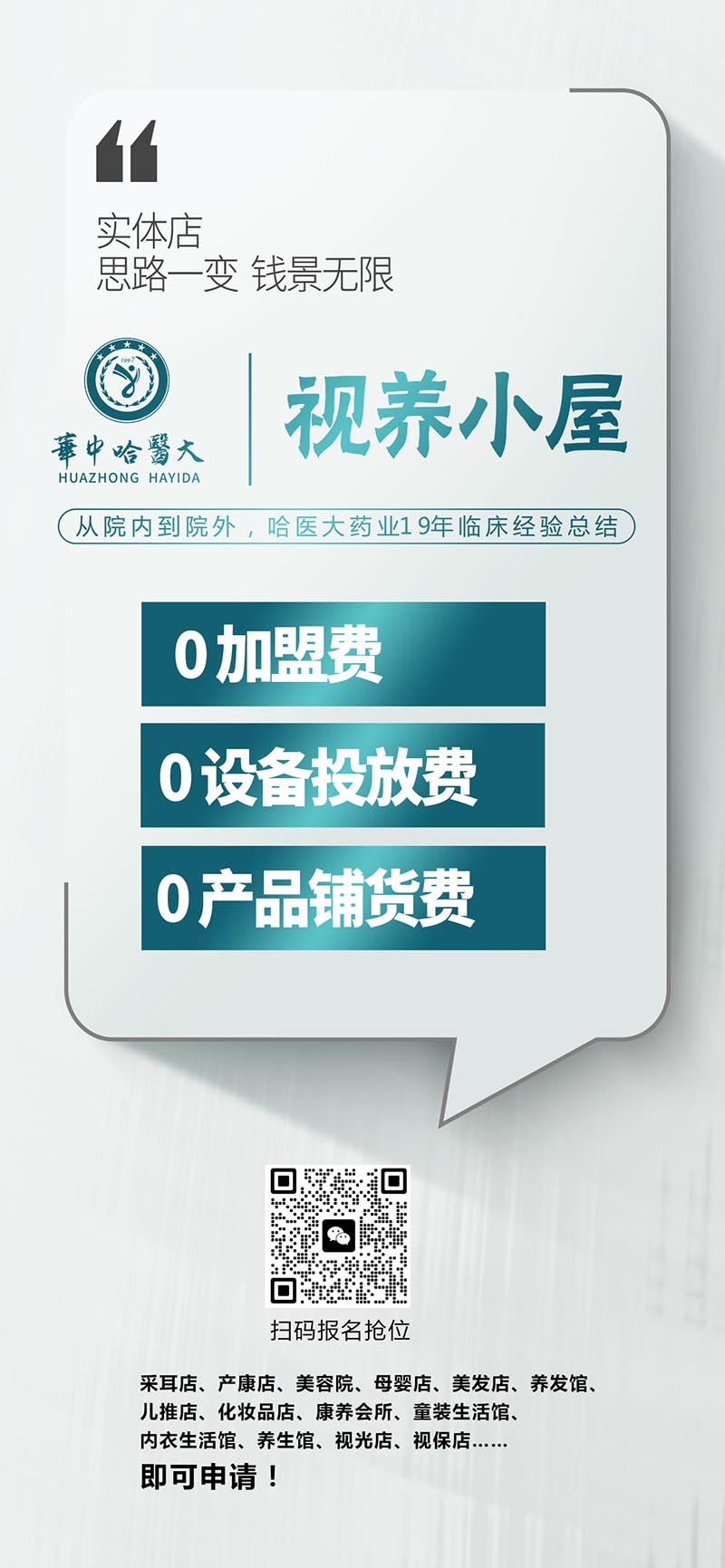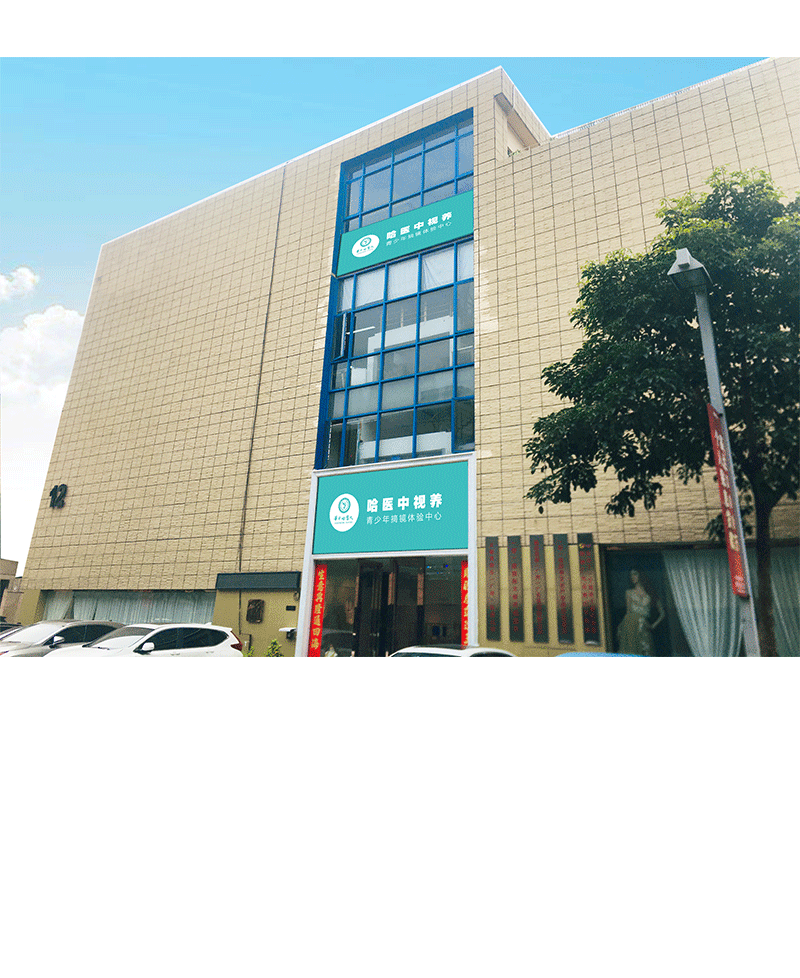
Outline
- Introduction
- Explanation of the topic of treating children's astigmatism with traditional Chinese medicine
-
Importance of maintaining good vision in children
-
Understanding Children's Astigmatism
- Definition of astigmatism
- Causes of astigmatism in children
-
Symptoms and effects of astigmatism in children
-
Traditional Chinese Medicine Approach to Treating Astigmatism
- Overview of traditional Chinese medicine principles
- How traditional Chinese medicine views and treats astigmatism
-
Benefits of using traditional Chinese medicine for astigmatism treatment
-
Herbal Remedies for Astigmatism
- Introduction to specific herbs used in traditional Chinese medicine for astigmatism treatment
- Explanation of their properties and actions in relation to improving vision
-
Instructions on how to prepare and consume herbal remedies
-
Acupuncture and Astigmatism
- Explanation of acupuncture as a traditional Chinese medicine technique
- How acupuncture is used to treat astigmatism in children
-
Benefits and effectiveness of acupuncture for astigmatism
-
Massage and Eye Exercises
- Introduction to specific massage techniques and eye exercises
- How massage and eye exercises help with astigmatism
-
Step-by-step instructions for performing massage and eye exercises at home
-
Dietary Recommendations for Maintaining Good Vision
- Importance of diet in eye health
- Specific foods and nutrients beneficial for improving vision and combating astigmatism
-
Sample dietary plan for children with astigmatism
-
Eye Care Habits for Children
- Tips for promoting good eye care habits in children
- Importance of regular eye examinations
-
Recommendations for minimizing screen time and protecting eyes from harmful blue light
-
Seeking Professional Help
- When to consult a traditional Chinese medicine practitioner or ophthalmologist
-
Importance of accurate diagnosis and individualized treatment plans
-
Frequently Asked Questions
- FAQ 1: Can traditional Chinese medicine completely cure astigmatism in children?
- FAQ 2: How long does it take to see improvement in astigmatism using traditional Chinese medicine?
- FAQ 3: Are there any side effects of using traditional Chinese medicine for astigmatism?
- FAQ 4: Is astigmatism hereditary?
- FAQ 5: Can traditional Chinese medicine be used alongside conventional treatments?
-
Conclusion
- Summary of key points discussed in the article
- Encouragement to explore traditional Chinese medicine as a holistic approach to treating astigmatism in children
中医治疗儿童视力散光怎么办
H1: 中医治疗儿童视力散光怎么办
Introduction
Astigmatism is a common vision problem that affects both adults and children. In recent years, the use of traditional Chinese medicine (TCM) in the treatment of astigmatism has gained popularity. This article explores how TCM can be used to treat astigmatism in children, offering a holistic approach to improving their vision and overall eye health.
H2: Understanding Children's Astigmatism
Understanding Children's Astigmatism
Astigmatism is a refractive error that causes blurred vision due to an irregular shape of the cornea or lens. In children, astigmatism can develop for various reasons, including genetic factors, eye injuries, or certain disorders. Common symptoms include blurred or distorted vision, eye strain, squinting, and headaches. If left untreated, astigmatism can affect a child's ability to learn, perform daily activities, and even impact their self-esteem.
H2: Traditional Chinese Medicine Approach to Treating Astigmatism
Traditional Chinese Medicine Approach to Treating Astigmatism
TCM takes a holistic approach to health, focusing on restoring balance and harmony in the body. Within the context of astigmatism, TCM views it as an imbalance in the energy flow within the eyes and the body as a whole. By addressing the underlying causes of astigmatism and rebalancing the body's energy, TCM aims to improve vision and overall eye health.
H3: Herbal Remedies for Astigmatism
Herbal Remedies for Astigmatism
In TCM, certain herbs are believed to have properties that can support and improve vision. These herbs, such as chrysanthemum, goji berries, and wolfberry leaves, are rich in vitamins, antioxidants, and other beneficial compounds. They are often used in the form of teas or supplements to nourish the eyes, reduce eye strain, and promote better vision.
H3: Acupuncture and Astigmatism
Acupuncture and Astigmatism
Acupuncture, a practice in TCM that involves inserting thin needles into specific points on the body, can also be used to treat astigmatism in children. By targeting specific acupuncture points related to the eyes and vision, acupuncture stimulates blood flow and improves energy circulation, which can lead to better vision.
H3: Massage and Eye Exercises
Massage and Eye Exercises
Massage and eye exercises are commonly recommended in TCM to improve blood circulation and relax the eye muscles. Techniques such as acupressure massage around the eyes and gentle eye exercises help reduce eye strain, enhance focus, and strengthen the eye muscles, ultimately benefiting children with astigmatism.
H3: Dietary Recommendations for Maintaining Good Vision
Dietary Recommendations for Maintaining Good Vision
A healthy diet plays a crucial role in maintaining good eye health, including managing astigmatism. Foods rich in vitamin A, vitamin C, omega-3 fatty acids, and lutein are considered beneficial for eye health. Including carrots, leafy greens, citrus fruits, fish, and nuts in a child's diet can provide the necessary nutrients to support their vision.
H3: Eye Care Habits for Children
Eye Care Habits for Children
In addition to TCM practices, developing good eye care habits is essential for improving and maintaining vision. Encouraging children to take regular breaks when doing near work, minimizing screen time, practicing good hygiene, and protecting their eyes from harmful blue light can help reduce eye strain and support healthy vision.
H3: Seeking Professional Help
Seeking Professional Help
While TCM can play a significant role in treating astigmatism in children, it is essential to consult a TCM practitioner or ophthalmologist for accurate diagnosis and individualized treatment plans. They can perform thorough eye examinations, provide necessary guidance, and ensure the child's overall eye health is properly monitored.
H2: Frequently Asked Questions
Frequently Asked Questions
FAQ 1: Can traditional Chinese medicine completely cure astigmatism in children?
Traditional Chinese medicine aims to improve vision and manage astigmatism, but complete cure may not be possible in all cases. The extent of improvement varies depending on individual factors, the severity of astigmatism, and adherence to treatment recommendations.
FAQ 2: How long does it take to see improvement in astigmatism using traditional Chinese medicine?
The timeline for improvement can vary from child to child. Some may experience noticeable improvement within a few weeks, while others may require longer treatment duration. Consistent adherence to TCM practices, along with a healthy lifestyle, can contribute to better outcomes.
FAQ 3: Are there any side effects of using traditional Chinese medicine for astigmatism?
When used properly and under the guidance of a qualified TCM practitioner, the risk of side effects from TCM treatments is minimal. However, it is important to disclose any existing health conditions, allergies, or medications to ensure safe use.
FAQ 4: Is astigmatism hereditary?
Astigmatism can have both genetic and environmental factors. While genetics can play a role, other factors such as eye injuries, certain medical conditions, or lifestyle habits can also contribute to the development of astigmatism.
FAQ 5: Can traditional Chinese medicine be used alongside conventional treatments?
In some cases, TCM can be used alongside conventional treatments for astigmatism. It is important to inform both TCM practitioners and ophthalmologists about the treatment methods being used to ensure coordination and avoid any potential interactions.
Conclusion
Traditional Chinese medicine offers a holistic approach to treating astigmatism in children, aiming to improve their vision and overall eye health. By utilizing herbal remedies, acupuncture, massage, dietary adjustments, and developing good eye care habits, children can experience improvements in their astigmatism symptoms and, ultimately, their quality of life.
� 中医治疗儿童视力散光怎么办
� HEALTH
� 中医养护视力品牌
� 寻求中医治疗儿童视力散光的综合指南。了解中医对散光治疗的方法,包括草药疗法、针灸、按摩和饮食建议。涵盖了常见问题的回答和实用提示。
哈医中视养是“哈医中视养(广州)健康管理有限公司旗下品牌,在“健康中国,全民护眼”的时代背景下,哈医中视养携手“华中哈医大*中医视力养护”项目团队,将哈医大药业19年临床经验总结的产品、技术引到院外市场,普惠大众,致力于为全龄段(3-120岁)人群提供眼健康一站式解决方案,用中医视力养护的方式,帮助更多孩子摘掉眼镜,让中老年人看的更清楚;给孩子们一个终身不戴眼镜的机会!
